The main players who helped with this book are detailed on the pages that follow, and I wish to acknowledge a deep debt of gratitude to each of them.
I owe special thanks to Dennis Hayes of Ten Speed Press, who first saw the potential of this book and championed it, and to Julie Bennett, my editor, for her guidance and care. Thanks also for more-than-able assistance from Jessika Drmacich and Philip Aubrey Bobbs.
To Jeffrey Turback, my brother and business partner, thank you for allowing me the time to devote to this project.
For her professionalism, artistic eye, and steady hand, I want to thank my wife, photographer Juliet Turback.
Finally, I want to acknowledge the most important people in the life of this bookthe readers. Thank you!
Introduction
The geography of the Finger Lakes makes it an easy area to romanticize. The glacially sculpted bodies of water in the heartland of New York State have long stirred the imagination of locals and travelers alike.
The five largest of the fabled lakes join together to form a shape like the human hand that gives the region its name. Native Americans, the first settlers of the area, believed that as God was creating the earth, He rested His hand on this place, leaving His imprint for all to see.
So, too, the earliest European immigrants understood that the curious and wonderful agricultural abundance of this land was a precious gift. With the help of the moderating effect of the deep lakes, they were able to harvest bumper crops of produce not otherwise expected to prosper this far north.
Hammondsport, at the southern end of Keuka Lake, was the site of both the birth and rebirth of the wine industry in the region. In 1860, an enterprising Frenchman by the name of Charles Champlin founded Pleasant Valley Wine Company to produce bottle-fermented sparkling wines from Catawba grapes, all but certain that only the indigenous Labrusca varieties were hearty enough to survive upstate winters. Then, almost exactly 100 years after winemakers first persisted with the grapey native wines, a proud Ukranian-born professor of plant science cultivated New York States first classic Vinifera grapes in his Hammondsport vineyard. Konstantin Frank proved that European-style wines could be made here, notwithstanding the problematic climate. After Dr. Frank, an old way of thinking was gone forever.
The success of new wines from the Finger Lakes led inevitably to the reestablishment of small family farms and the production of regional foods, which then led to the inspiration of professional chefs and the advancement of local cookingwithout the constraint of a singular culinary tradition. Closely intertwined with this enlightenment was the recognition of something the French call terroir. The word refers to the geology and microclimate of a particular place, but it means much more than that. It speaks to what we grow in this place, how the soil and the lakes are unmistakably expressed in the harvest, and how the disparate components of locale account for the uniqueness of our food and wine. The natural affinity between vineyard and farm is responsible for this regions emergence as the most important enological and culinary destination in the Eastern United States.
Greetings from the Finger Lakes is meant to be not only an introduction to the regions culture and identity, but the guide to an adventure you may never have imagined. If you plan to visit, please remember that not every small producer is open to the public without appointment. With the courtesy of a call in advance, you will be warmly welcomed at a convenient time for tours and tastings.
Although it was impossible to include every place, every grape, and every enterprise, for this book I have crafted a blend of the highest achievements in winemaking, artisan farming, and culinary invention. I hope you will savor its textures and complexities.
There is no other place on earth quite like this. My book is intended to whet your appetite for food and wine on the threshold of greatness. I invite you to share our generous table.

THE WESTERNMOST OF NEW YORKS major Finger Lakes lies cradled between pastoral hills, partly covered in forest, partly in tidy rows of grapevines. Pristine Canandaigua Lake is fifteen and a half miles long and one and a half miles wide, surrounded by thirty-two miles of shoreline where, during the romantic steamboat era, fourteen major boats provided service to sixty commercial docks.
At the northern end stands the busy little city of Canandaigua, a bedroom community for nearby Rochester and a popular summer retreat for wealthy city folk. Canandaigua boasts a Performing Arts Center, summer home of the Rochester Philharmonic Orchestra, and Sonnenberg Gardens, a Victorian-era setting for the Finger Lakes Wine Center.
Theres more to wine country than just wine, and, as a winter diversion, Bristol Mountain, just south and west of Canandaigua, provides the highest ski slopes between the Adirondacks and the Rockies.
Imbedded at the southern end of the lake is a place whose serenity and beauty were once proclaimed comparable to the Italian city of Naples. Tourism is the primary venture in the Finger Lakes village of Naples, where tree-lined streets display architectural styles ranging from nineteenth-century vernacular houses to magnificent Victorian mansions. Fire hydrants in Naples are painted purple during an annual Grape Festival that has made eating grape pies part of the local culture.
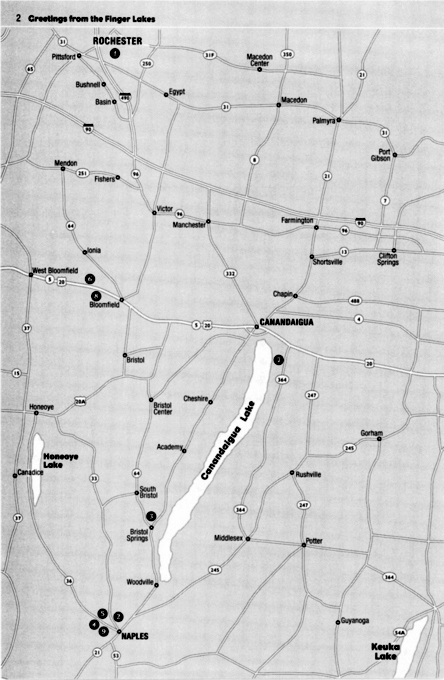
 Wineries
Wineries
Casa Larga Vineyards (FAIRPORT)
Widmers Wine Cellars (NAPLES)
Arbor Hill Grapery (BRISTOL SPRINGS)
 Farms/Food Producers
Farms/Food Producers
Springwater Sprouts (HONEOYE FALLS)
Clutes Pure Maple Products (NAPLES)
Mountain Rise Organics (NAPLES)
 Restaurants
Restaurants
Thendara Inn (CANANDAIGUA)
Holloway House (BLOOMFIELD)
The Creek Caf (NAPLES)
WINERIES


6461 Route 64
Bristol Springs, NY 14512
(585) 3742406
(800) 5547553
Hours:



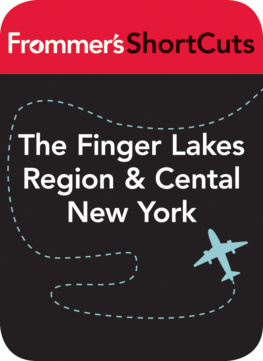



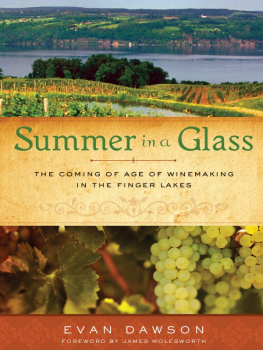
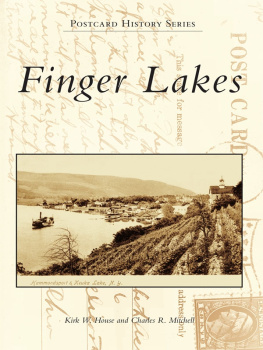

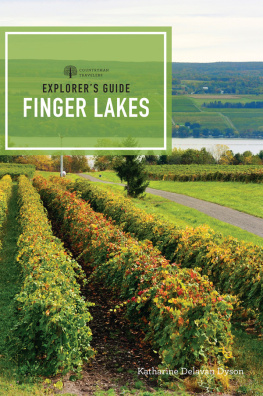
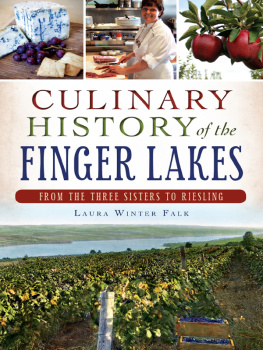


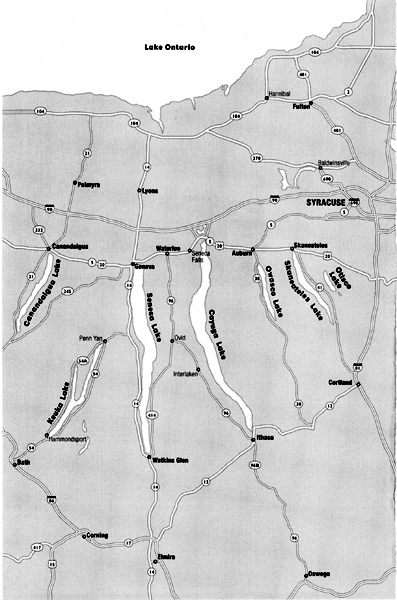
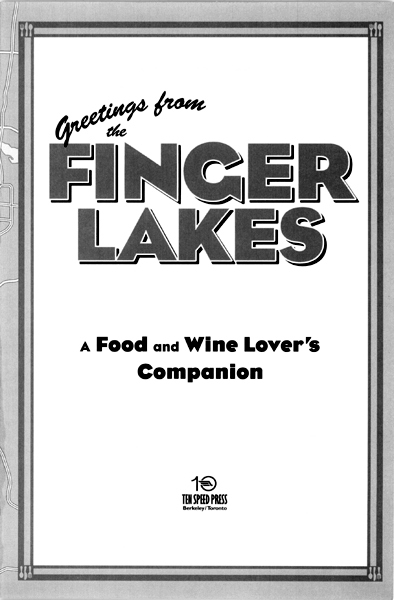


 Wineries
Wineries Farms/Food Producers
Farms/Food Producers Restaurants
Restaurants
